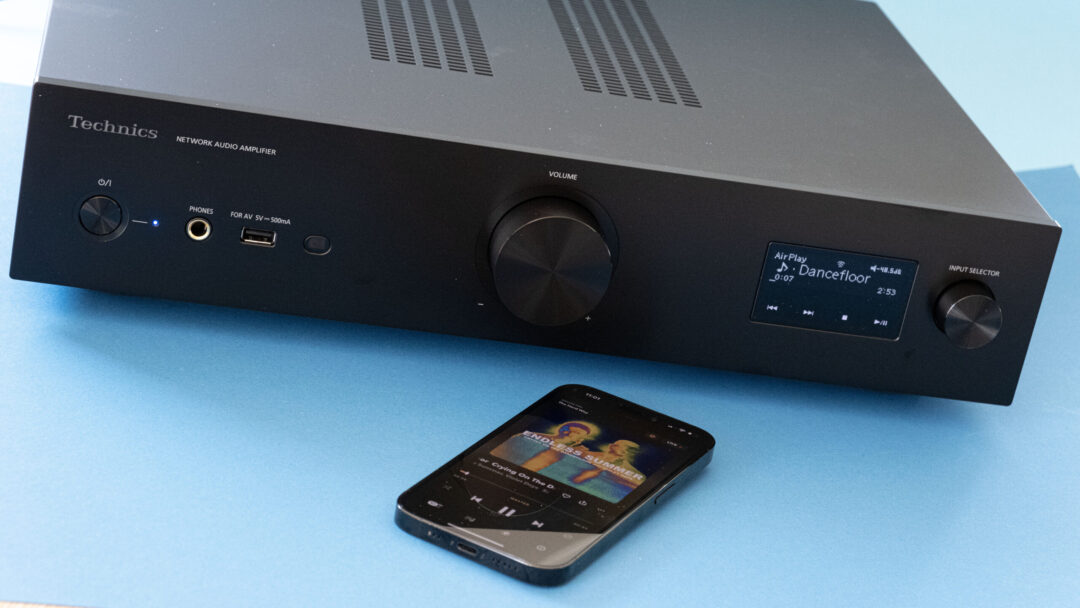With increasing opportunities to stream music in the highest quality, it’s more important than ever that every link maintains the same high quality. That’s why the market for amplifiers with built-in streaming is growing.
For the record, we’re not talking about Bluetooth, but streaming over your home network. While Bluetooth is practical in headphones, earbuds and portable speakers, you need Wi-Fi to get the highest sound quality from streaming.
Only then can you utilise the sound quality from Tidal, Apple Music and Qobuz high-resolution music libraries. Then you can get the same sound quality as in the studio, at least when everything is done right. And who doesn’t want the best possible sound?
HDMI and turntable input
The simplest solution for those who want better sound from a streaming service is to buy a network streamer that connects to the system. For example, Wiim Pro, which is so good for the price that it’s an obvious choice. Or Primare’s NP5 MK II Prisma if you want slightly better sound.
In some cases, improving the overall quality of your sound system isn't that complicated. Primare's music streamer is a testament to that.
Both require an amplifier with a D/A converter and corresponding digital inputs. If you don’t have that, a network amplifier may be a better solution.
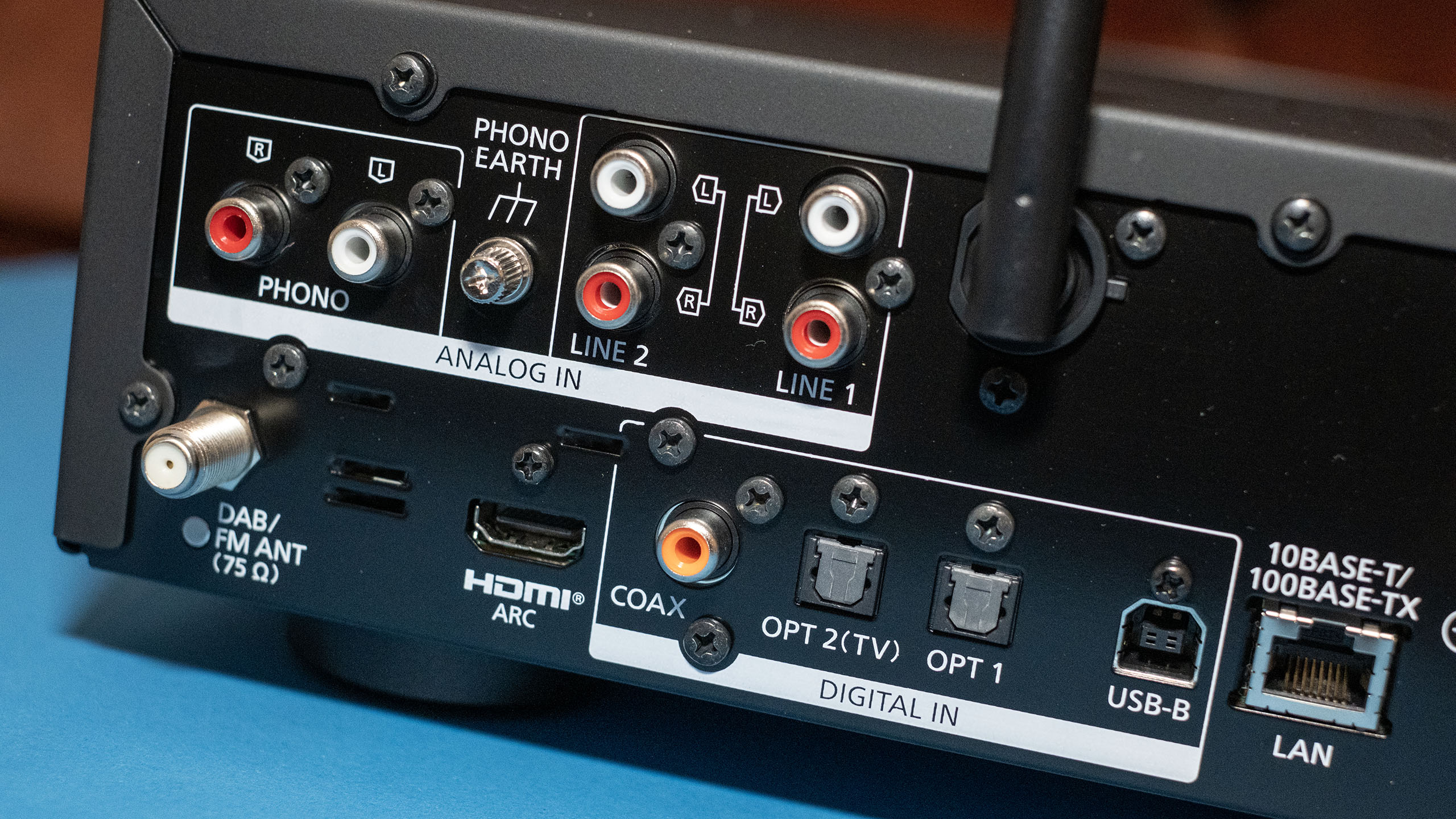
Like the Technics SU-GX70. An integrated premium amplifier with streaming, input for turntable with MM pickup, analogue and digital inputs, and HDMI for TV sound. It’s in the same class as the Rokkan Atessa Streaming Amplifier and the excellent Rotel S14, but is slightly more affordable.
That’s not because it lacks anything. On the contrary.
It has Bluetooth, AirPlay 2 and Chromecast integrated, and supports streaming services such as Spotify, Tidal, Deezer, Qobuz, etc. It will also have support for Roon in an upcoming firmware update, and it has built-in FM and DAB+ radio, while internet radio can be streamed via the Technics Audio Centre app.
It’s also possible to connect the amplifier to the network via the Ethernet socket on the back. It can also stream from a music server connected to the same network.
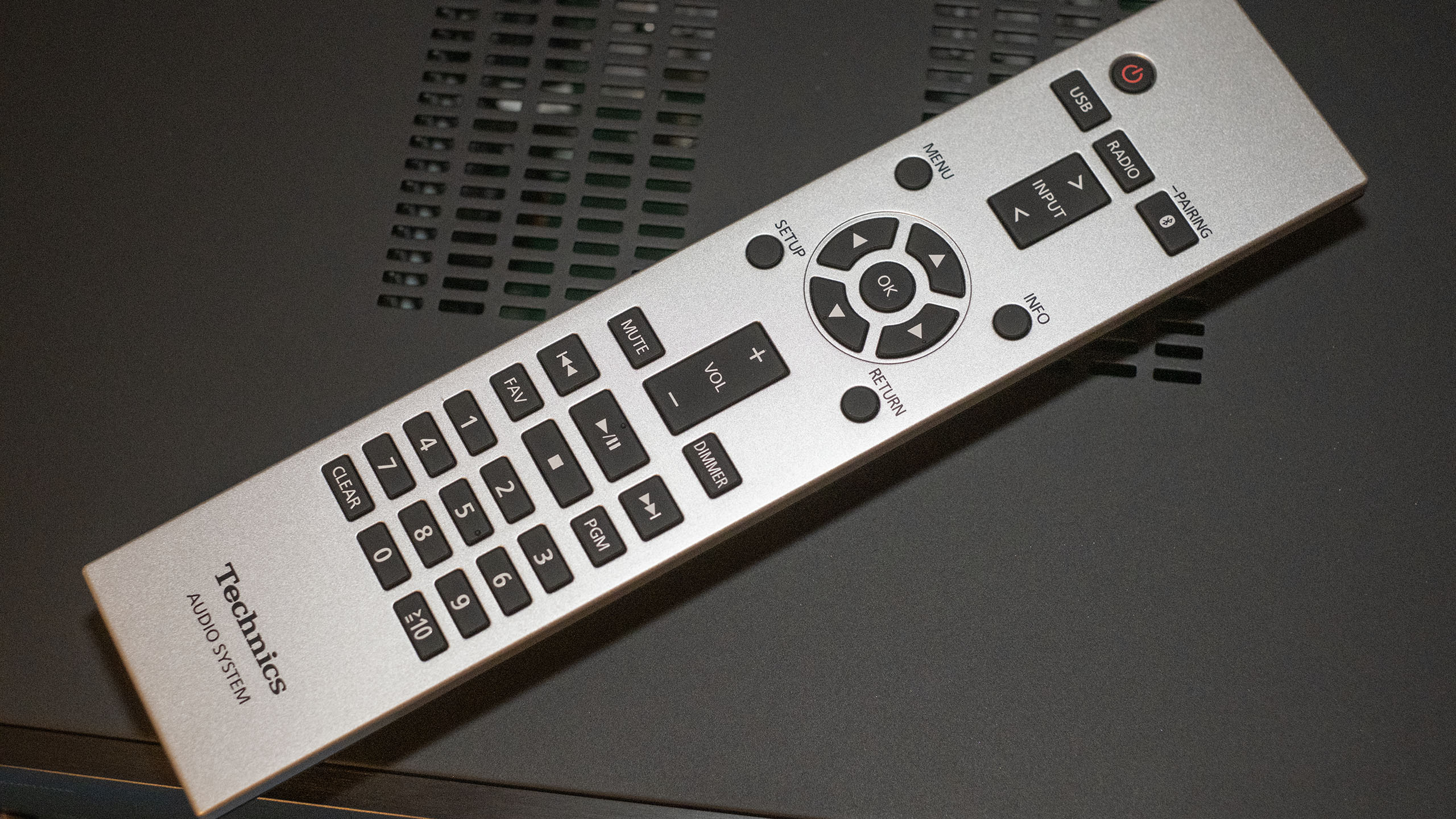
On the back there are also two analogue inputs, two optical and one coaxial digital input, and a USB-B for PC connection. At the front there is a USB-A connector and a headphone output.
The HDMI connector on the back has audio return (ARC) for controlling the TV sound over the system. There is also an analogue output – pre out – for a separate amplifier or subwoofer.
JENO Engine and Twin Power
The amplifier is built in the same way as the Technics amplifiers we know from previous tests. The power is stated as 40 W per channel in 8 Ohm and 80 W in 4 Ohm, but our experience is that the Technics amplifiers sound more powerful than the figures indicate.
The digital amplifier circuit uses the Technics JENO Engine for noise removal (Jitter Elimination and Noise-shaping Optimisation). JENO ensures an extremely low noise floor, with better jitter control, not only from the digital inputs, but also from the HDMI input.
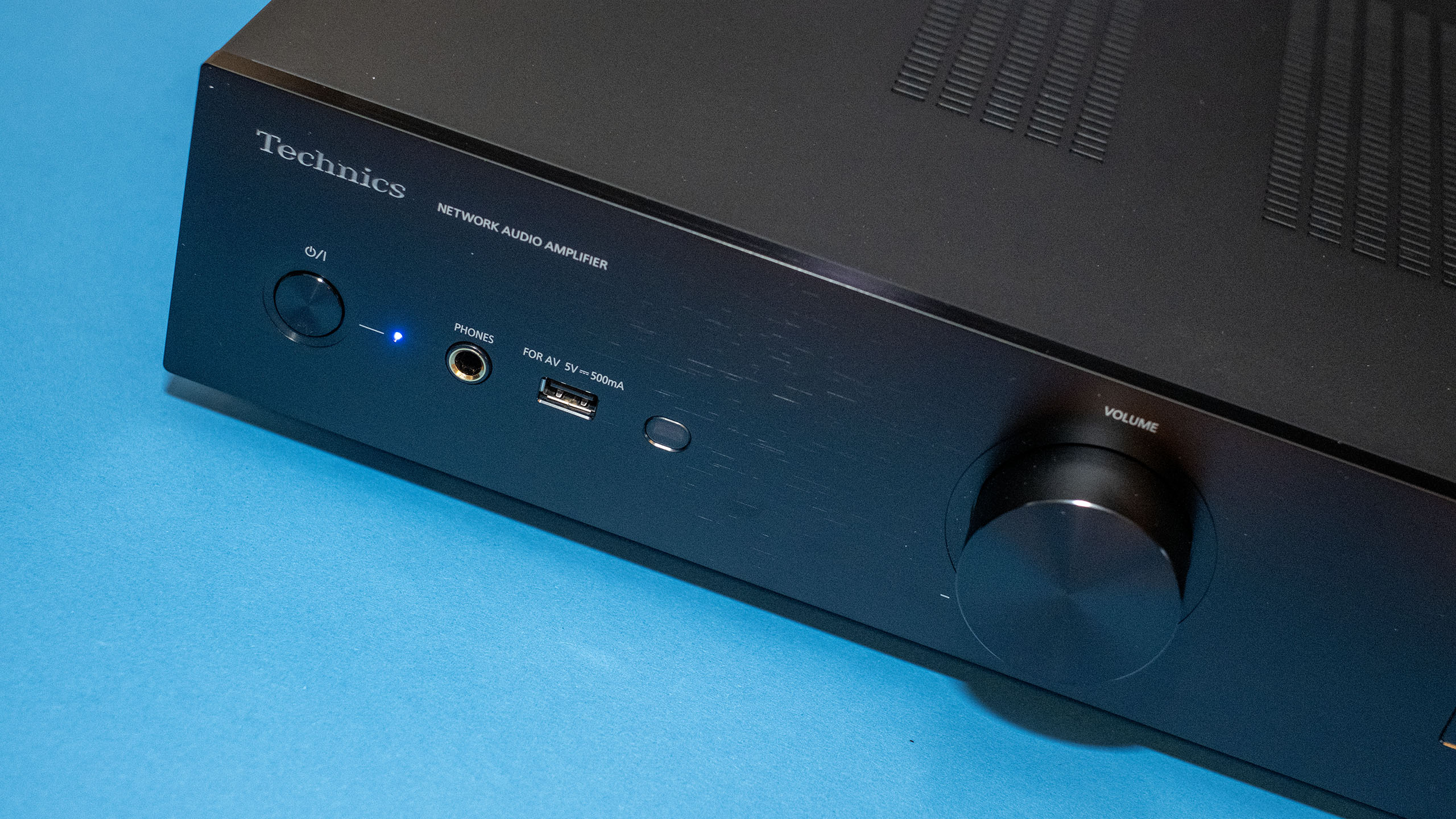
The same type of Twin Power power supply we know from the SU-G700M2 is also used here. Twin Power means that the power supply is divided into one circuit for the power stage and one for the rest of the signal processing.
The power supply uses a 130 kHz high-speed switching frequency, which is so far outside the audible range that there is no risk of switching noise affecting the signal.
Load Adaptive Phase Calibration
The analogue inputs on the rear panel are discreetly constructed with special field effect transistors, film capacitors, electrolytic capacitors, and symmetrically constructed for each channel. Technics does it the same way in the many times more expensive SU-R1000, but it uses even more lavish components.
There is a Pure Amplification Mode that can be activated from the remote control. This disconnects all network and HDMI circuits and switches off the antennas on the back. In this way, Technics believes it has succeeded in removing potential network or digital noise, and the music signal will be cleaner.
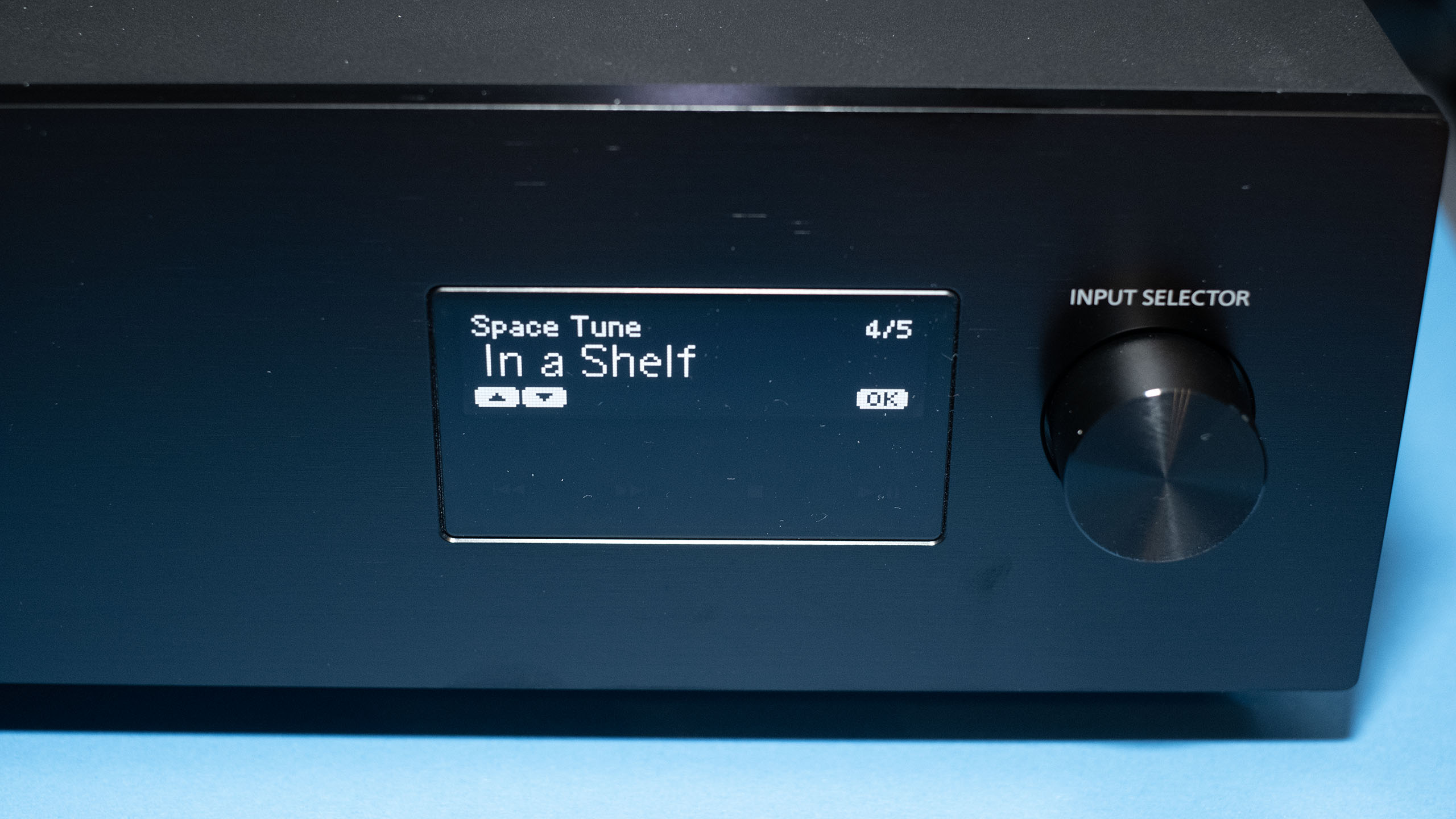
Technics LAPC must also be mentioned. This is a phase calibration of the output stage – (Load Adaptive Phase Calibration) – which adapts the output stage to the impedance pattern and phase characteristics of different speakers. A kind of customisation that compensates for the speaker’s impact on the output stage.
All this is fine and dandy, but meaningless if it doesn’t work.
Sound quality
Once the amplifier is connected to the network via the Google Home app, it is also available in the Technics app. This is where you control the music, selecting playlists, saving your favourite radio stations, podcasts and logging in to your preferred streaming service.
It’s all quite clear and simple, but could do with a modernisation of the interface. Since you have a remote control for the amplifier anyway, day-to-day operation is impeccable.
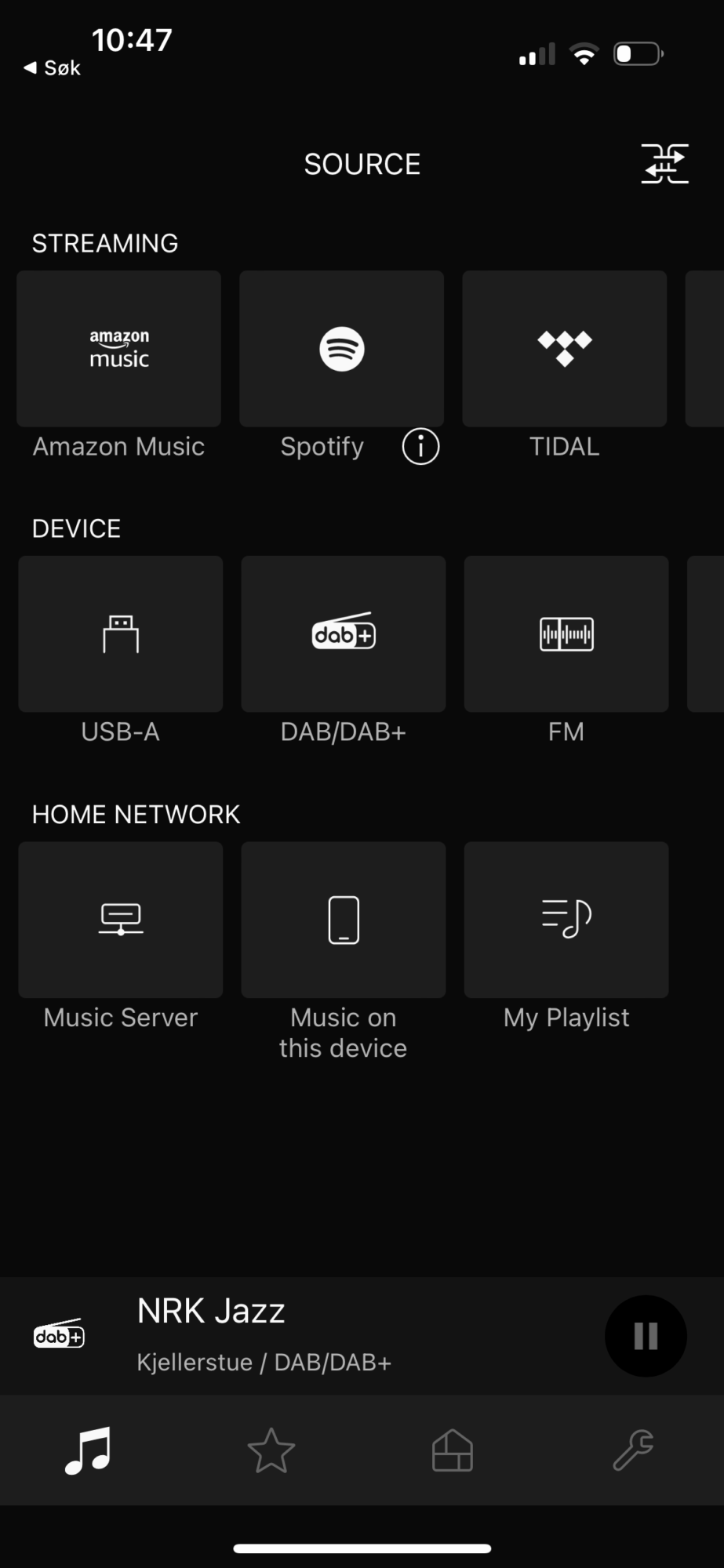
Despite its modest 40W per channel, the Technics amplifier had no trouble driving a pair of floorstanding Sonus faber Olympica. It didn’t have the same grip over the bass when playing loudly as a Yamaha A-S3200, but the Technics amp is livelier and more potent than the Roksan amp. It may not have the same dynamic contrast as a Rotel S14, but it delivered fuller bass than both.
Even when I moved the amplifier to another room and connected the Dynaudio Special Forty.
Kvelertak’s energetic Bråtebrann, immediately set the mood, and the sound was potent, dynamic and energetic. One of this year’s summer hits, PNAU and Khalid’s The Hard Way, pumped steadily out of the speakers. Bass reproduction was rich and powerful, and the soundstage was wide and deep. With LAPC activated, the sound changed. The bass became tighter, almost dry, and the treble more relaxed. LAPC can be switched on and off, so it’s a case of trial and error.
The acoustic recording of Short Story from Arild Andersen Group’s album Affirmation sounds super focused and defined, with a warm saxophone sound and a marked reproduction of the double bass on the recording. The percussion is placed well forward in the soundstage, and the beats are markedly contrasted dynamically.

The sound is silky smooth and the notes flow easily. The sound balance is pleasantly warm, but not stuffy or muffled. On Jan Gunnar Hoff’s beautiful Home, the air in the room almost vibrates with the clear piano sound the amplifier recreates. This not only shows why Hoff is one of the foremost pianists of our time, but also that Lindberg Lyd has perhaps the best recording studio in the Nordic region today.
The Technics amplifier brings out more of the tonal nuances on the recording than the Roksan amplifier can. It’s also more dynamic and engaging, but not as focussed and dynamic as the Rotel S14.
Conclusion.
The Technics SU-GX70 is better equipped than many similar amplifiers with streaming. It has a lavish technology under the hood, which is both technically interesting and creates a very good-sounding music experience. It’s something we’ve become spoilt with from Technics’ modern amplifiers, and the SU-GX70 fortunately continues in the same vein. This is the amplifier you need if you want to connect it to a TV, record player and stream music in the highest quality.

We think
Rich, warm and silky sound. Open sound with good insight into the soundstage. Potent bass, and more power than you think. Well equipped with smart solutions. Not as dynamic as the best. It is time for a new app with a better interface.
1899 €
Specifications
- Type: Network amplifier
- Technology: Digital amplifier circuit
- Wireless: Bluetooth, AirPlay 2, Wi-Fi, Chromecast
- Services: Spotify Connect, Tidal Connect, etc.
- Connections: 2 unbalanced RCA in, phono, pre out, Ethernet, HDMI ARC, Turntable input: MM input
- Radio: FM, DAB+, internet radio
- Headphone output: Yes
- DAC: 32-bit 384 kHz PCM, DSD
- DAC connections: 2 x optical, 1 x coaxial, USB-B
- Power: 2 x 40 W 8 Ohm, 2 x 80 W 4 Ohm
- Frequency range: 20 Hz – 40 kHz -3 dB
- Dynamics: Not stated
- THD: Not stated
- Signal/noise: Not stated
- Other: Remote control, USB charging, MQA decoder, LAPC, Space Tune
- Dimensions and weight: 43 x 9.8 x 36.8 cm/6.6 kg
- Web: technics.com
